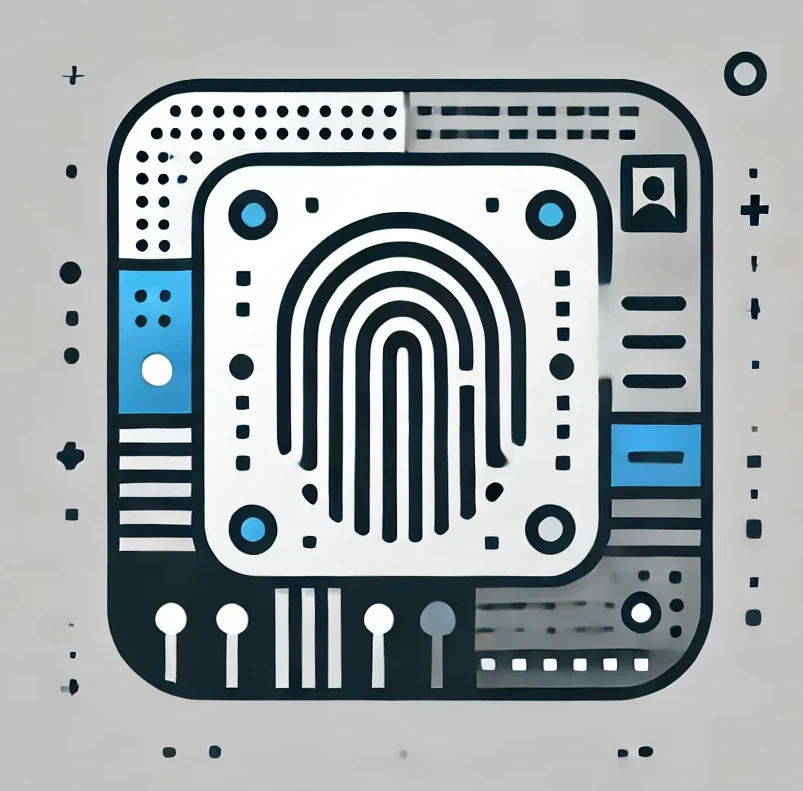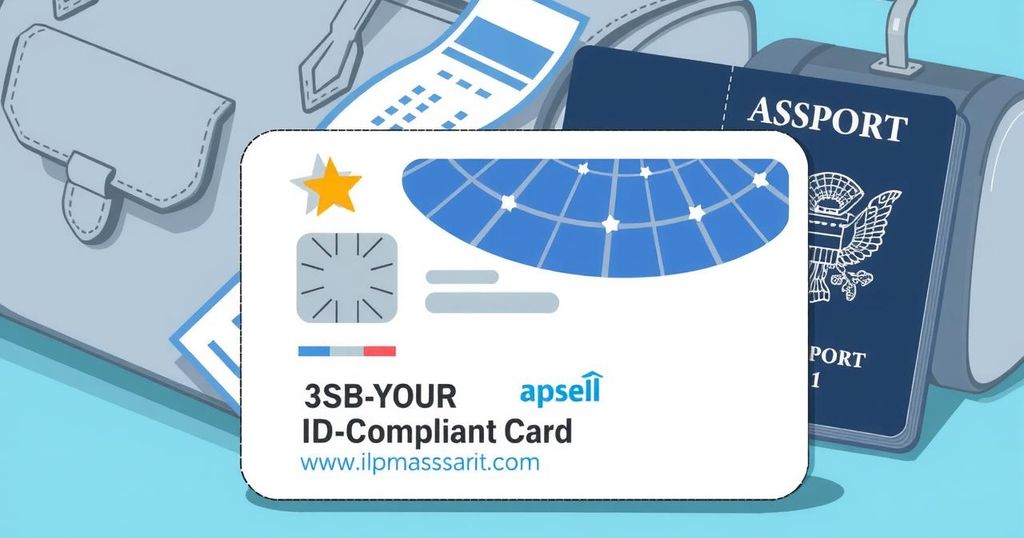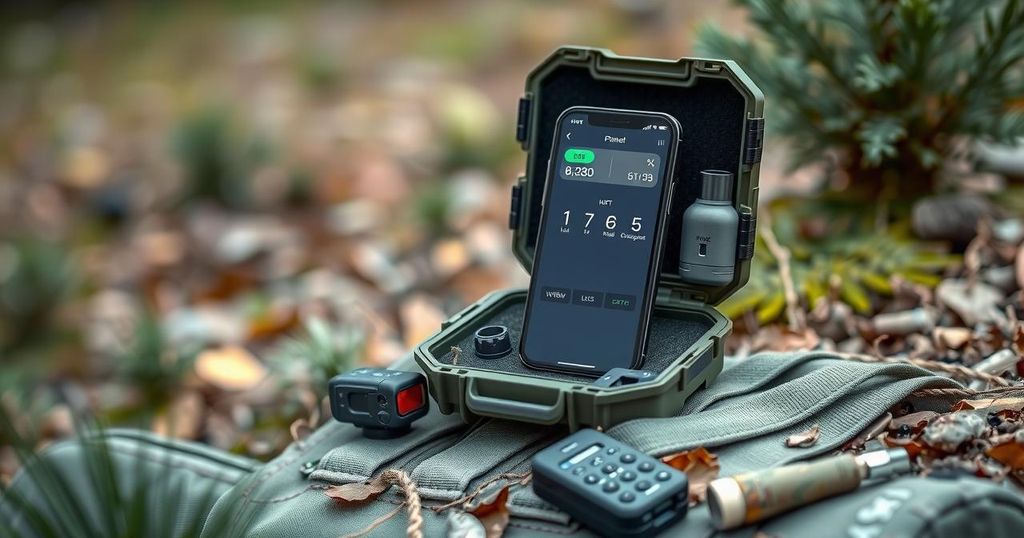The Real ID Act is now in effect, requiring travelers to present Real ID-compliant identification for domestic air travel and entry to federal facilities starting May 7. Acceptable IDs include Real ID-compliant driver’s licenses, passports, and military IDs. Individuals aged 18 and older must possess a Real ID for specific activities, while applying at the DMV entails submitting proof of identity and residency.
The Real ID Act is now effective, requiring new identification for domestic air travel and entry to federal facilities and military bases starting May 7. Travelers must present a Real ID-compliant driver’s license, an identification card, or an alternative like a passport. Michael Snow, a physical security specialist, highlighted that these compliant licenses feature a star in the upper right corner, distinguishing them from standard licenses.
To access DLA installations, only IDs meeting Real ID standards will be accepted. Allowed IDs include:
– DOD common access cards
– DOD military retiree or dependent IDs
– Local DOD access cards, such as biometric identification system cards
– Real ID-compliant driver’s licenses or state-issued ID cards
– U.S. or foreign passports
– Transportation Worker ID cards
– Veteran’s Health ID cards
– Federal personal identity verification cards
– Non-federal PIV-interoperable cards
Visitors, especially first-timers or those with expired passes, must register a Real ID online or at the Visitor Control Center before gaining installation access. Submitting a pre-approval request can expedite the process, but those without a compliant ID will be denied unescorted access.
Individuals aged 18 and older will need a Real ID for specific activities starting May 7, which include:
– Boarding domestic flights
– Entering secure federal facilities, including military installations
– Accessing nuclear facilities
Notably, a Real ID is not necessary for driving, voting, or accessing hospitals. Valid passports or military IDs remain acceptable for air travel.
To apply for a Real ID, residents should visit their local DMV, bringing necessary documents:
– Proof of identity (valid passport or birth certificate)
– Proof of Social Security (Social Security card or W-2)
– Proof of residency (utility bill or rental agreement)
Some states may allow online appointment bookings to facilitate the application process, though wait times may vary. The aim of the REAL ID Act is to enhance national security while ensuring domestic travel remains convenient.
Travelers are urged to check their ID status and make necessary updates before their next journey. For more details about the Real ID requirements or application processes, refer to the DHS website or reach out to local DMV offices. Those interested in visiting the McNamara Headquarters Complex can contact the HQC Visitor Access Office for further access requirements.
The Real ID Act has officially taken effect, necessitating new identification for travelers starting May 7. The act introduces stringent ID regulations for domestic flights and access to federal installations, promoting enhanced national security. Individuals must comply with the updated requirements, ensuring their identification is compliant. Awareness and proactive steps toward obtaining a Real ID will be essential for travelers to navigate these new regulations smoothly.
Original Source: www.dla.mil







